Forward, to the Past! – Episode I: Back to the Future
 The first part of a new Shabgraff trilogy of posts about Star Wars. Yes, yes, I’m as surprised and upset as you are. Contains spoilers for The Force Awakens.
The first part of a new Shabgraff trilogy of posts about Star Wars. Yes, yes, I’m as surprised and upset as you are. Contains spoilers for The Force Awakens.
There is a spectre haunting my local Odeon. Actually, I think a better word to describe The Force Awakens is one I’ve just invented (by serendipitous typo): ‘structre’. The Force Awakens is a structre. The spectre of a dead structure. In this case, a phantom narrative.
The new film mirrors the original movie (which I will rudely insist upon referring to as Star Wars rather than ‘A New Hope’ or ‘Episode IV’) very closely, in structure. The First Order’s attack on Jakku mirrors the Star Destroyer attacking Leia’s ship; Finn and Poe’s escape to a crash landing on a sand planet mirrors Threepio and Artoo’s escape to Tatooine. When Han is killed by Ren as Rey watches, it’s impossible not to be reminded of Luke watching Darth Vader kill Ben Kenobi. A young budding hero (and, presumably, Jedi to be) watches powerless as her newly-found but instantly-beloved older mentor is struck down, by lightsabre, by an evil dude in black. Etc. This is all far more specific than what such movies usually do. And this is without moving from a consideration of form to one of content. In those terms, the new movie is equally slavish. There is an alien cantina, etc. This has all been adequately covered elsewhere, so I won’t reiterate.
Now, of course, the thing is… it’s really impossible to complain about this unless you also complain about Star Wars itself, which itself is an exercise in consciously and deliberately crafting a structre. The fact is that the least likely people to want to complain about the structral nature of the new film are fans of the original, i.e. the people least likely to complain about the structral nature of the first film. Hollywood knows from the experience of the prequels that it is divergence from the pattern of the original trilogy that brings down the wrath of fans, not slavishness… and the first film has long been forgiven for being a structre, not least by its fans… which is only to say that it has been forgiven for having certain somatic effects for a specific reason. All too understandable given how much people have enjoyed the somatic effects in question. Force Awakens thus had the luxury of having a safe form of storytelling mapped out for it, long in advance of even the first script meeting, which would insulate it from all fan ire and also from general disappointment.
Now, it’s true that most big Hollywood movies follow formulaic structural rules, as they do formulaic content rules. Undeniably, this is a matter of political economy. Films represent a massive investment of money. They must work according to established rules because the risk everyone involved is taking is so great that experimentation appears as utter folly. Of course, Hollywood frequently fails to get it right and often produces turkeys not just in spite of their own cautious rules but even because of them.…

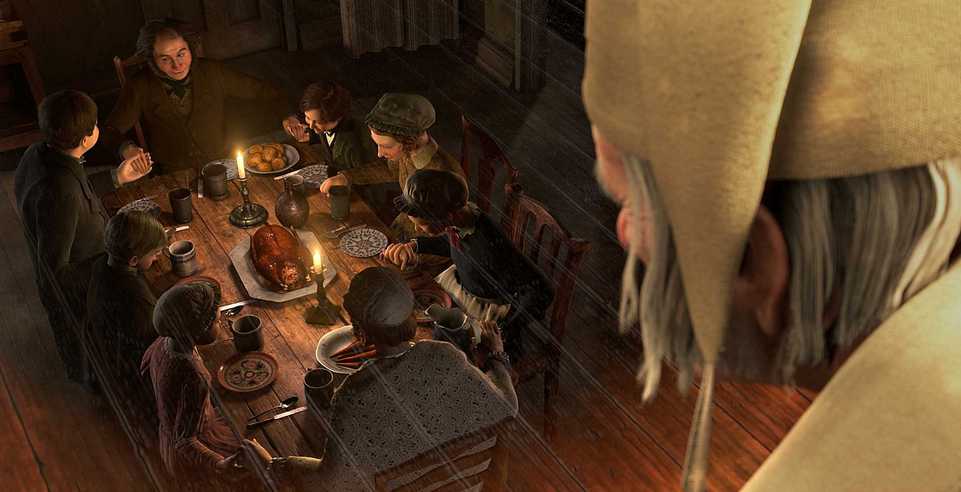 The comedian Richard Herring has a Christmas story he tells about a thirsty cat in a bathroom. He was sitting on the toilet and reached across to turn the bath tap on for the cat, which then lapped enthusiastically at the water. He says he found the sight hilarious, but imagines that the cat also had quite an amusing view… though, as he goes on to observe, Jesus had the funniest view, getting the combined sights of the drinking cat and the “fat, defecating man”. Because, as Christianity teaches us, Jesus is always watching.
The comedian Richard Herring has a Christmas story he tells about a thirsty cat in a bathroom. He was sitting on the toilet and reached across to turn the bath tap on for the cat, which then lapped enthusiastically at the water. He says he found the sight hilarious, but imagines that the cat also had quite an amusing view… though, as he goes on to observe, Jesus had the funniest view, getting the combined sights of the drinking cat and the “fat, defecating man”. Because, as Christianity teaches us, Jesus is always watching.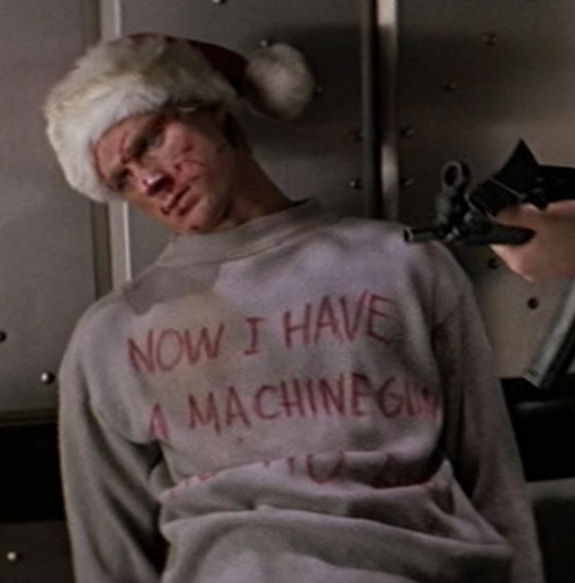 Take time off from wading through the flooded ruins of your home and join the entire ‘inner party’ (as it were) of Eruditorum Press – Holly, myself, James, Jane, Kevin and Phil – for Shabcast 14, a massive festive blather-session. (Anna was invited, but was too tired from doing little things like, y’know, fixing the site.)
Take time off from wading through the flooded ruins of your home and join the entire ‘inner party’ (as it were) of Eruditorum Press – Holly, myself, James, Jane, Kevin and Phil – for Shabcast 14, a massive festive blather-session. (Anna was invited, but was too tired from doing little things like, y’know, fixing the site.)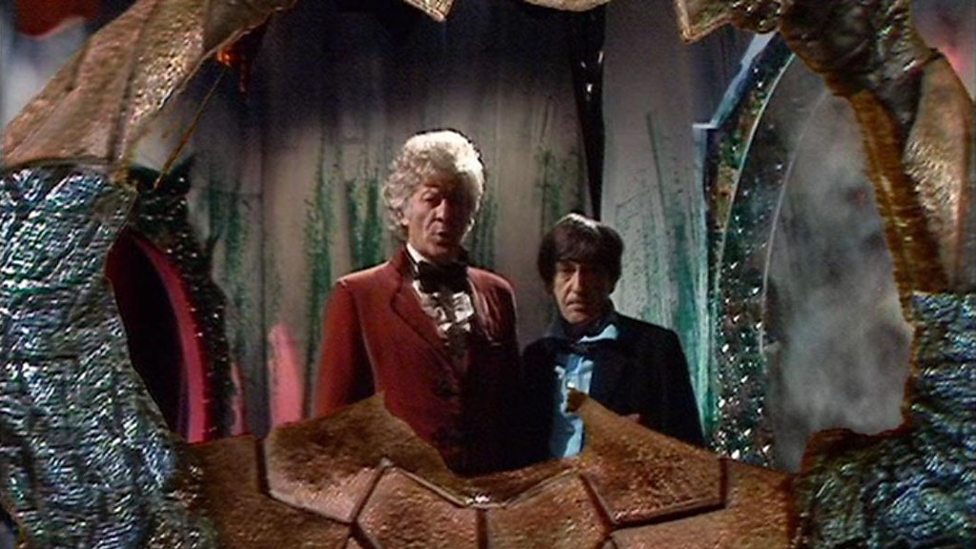 Just a quick reminder that I was recently a guest on the fabulous Oi!Spaceman podcast hosted by Daniel Harper and Shana Wolstein. They had me on to talk about ‘Planet of the Ood’, and you can listen and/or download
Just a quick reminder that I was recently a guest on the fabulous Oi!Spaceman podcast hosted by Daniel Harper and Shana Wolstein. They had me on to talk about ‘Planet of the Ood’, and you can listen and/or download 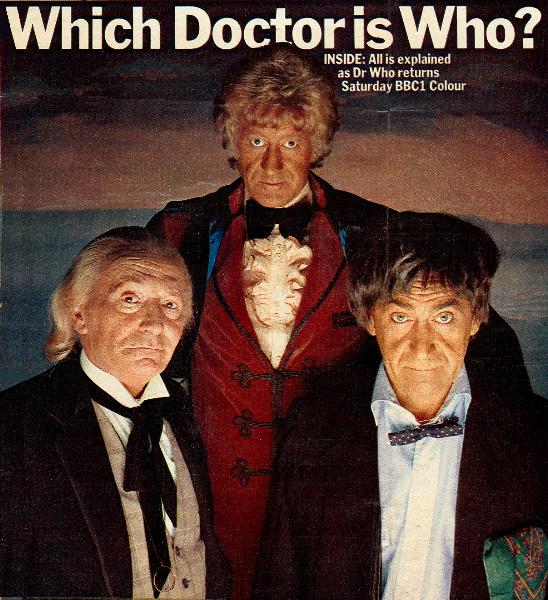 1. Chickens, Eggs, Context
1. Chickens, Eggs, Context
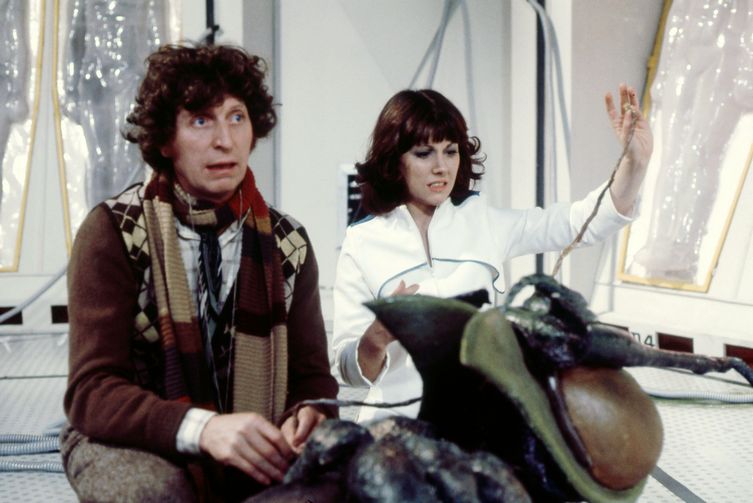 On ‘The Ark in Space’.
On ‘The Ark in Space’. Join Jack (i.e. me) and my buddy, actor Elliot Chapman (Big Finish’s new Ben Jackson, and recent Pex Lives guest), for our very belated Hallowe’en Shabcast, in which we chat Dracula.
Join Jack (i.e. me) and my buddy, actor Elliot Chapman (Big Finish’s new Ben Jackson, and recent Pex Lives guest), for our very belated Hallowe’en Shabcast, in which we chat Dracula. 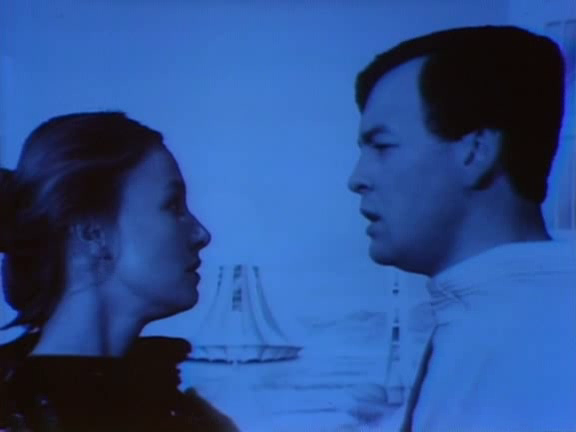 or ‘Young Men Are Dying For It’
or ‘Young Men Are Dying For It’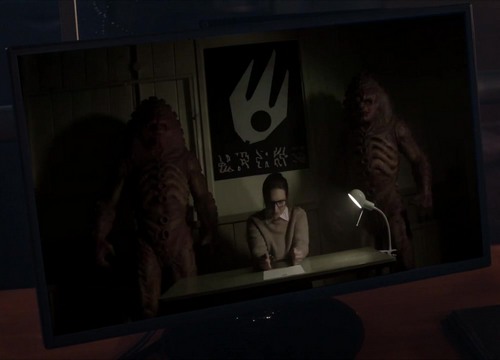 The recent Zygon two-parter (which I shall, from now on, refer to as ‘The Zygon Inv’ for convenience’s sake) by Peter Harness and Steven Moffat was an extremely well-crafted piece of television in almost every respect. Aesthetic considerations aside, it was a politically committed piece of drama which engaged with vital and loaded current issues. In many ways, it answered a call that I have repeatedly made in recent years for Doctor Who to re-engage with social and political issues, and to position the Doctor as a social actor in struggles. Moreover, it was clearly and unambiguously intended as a liberal statement of tolerance and opposition to war – a surprisingly forthright one, given the current political climate, and the current predicament of the BBC, surrounded on all sides by reactionary hounds baying for its blood.
The recent Zygon two-parter (which I shall, from now on, refer to as ‘The Zygon Inv’ for convenience’s sake) by Peter Harness and Steven Moffat was an extremely well-crafted piece of television in almost every respect. Aesthetic considerations aside, it was a politically committed piece of drama which engaged with vital and loaded current issues. In many ways, it answered a call that I have repeatedly made in recent years for Doctor Who to re-engage with social and political issues, and to position the Doctor as a social actor in struggles. Moreover, it was clearly and unambiguously intended as a liberal statement of tolerance and opposition to war – a surprisingly forthright one, given the current political climate, and the current predicament of the BBC, surrounded on all sides by reactionary hounds baying for its blood.